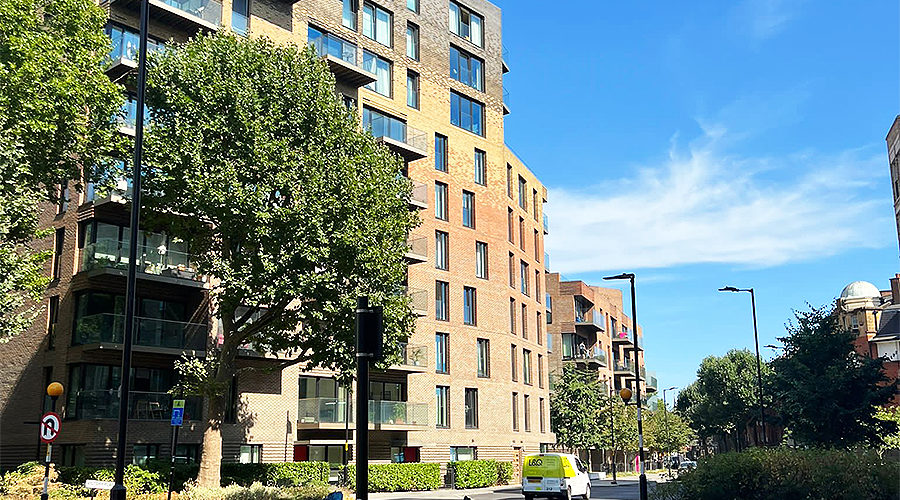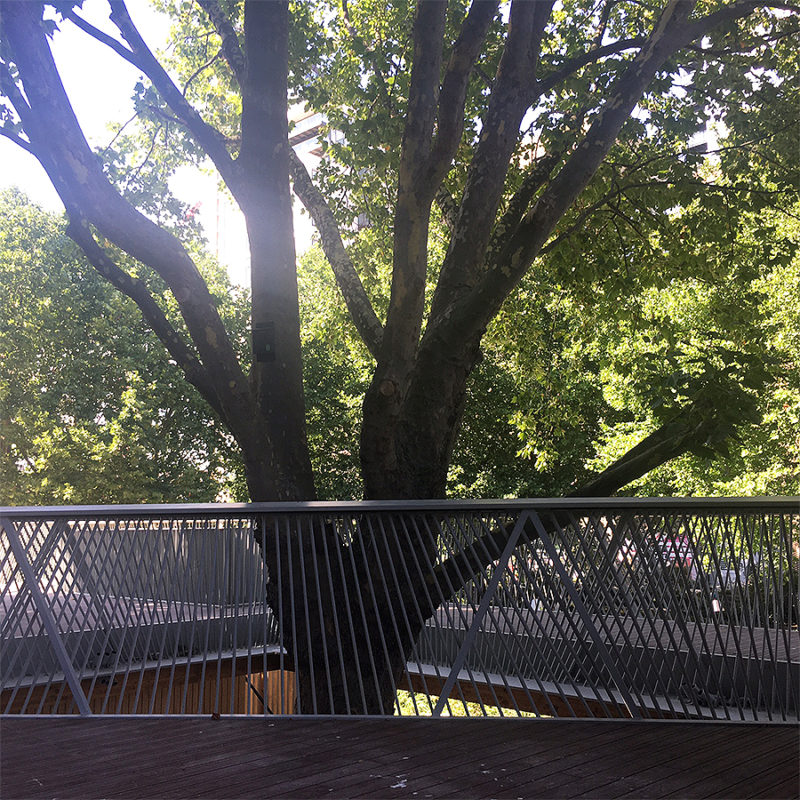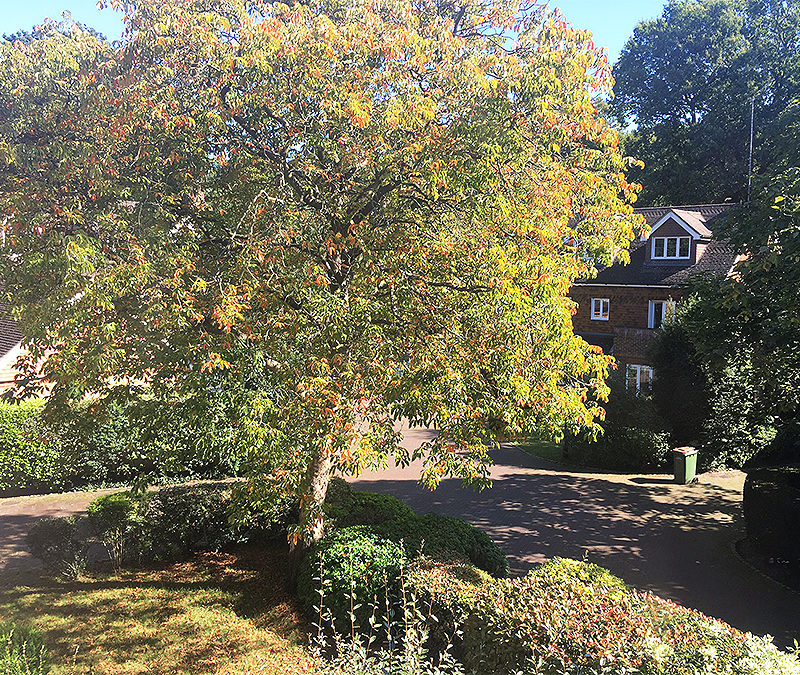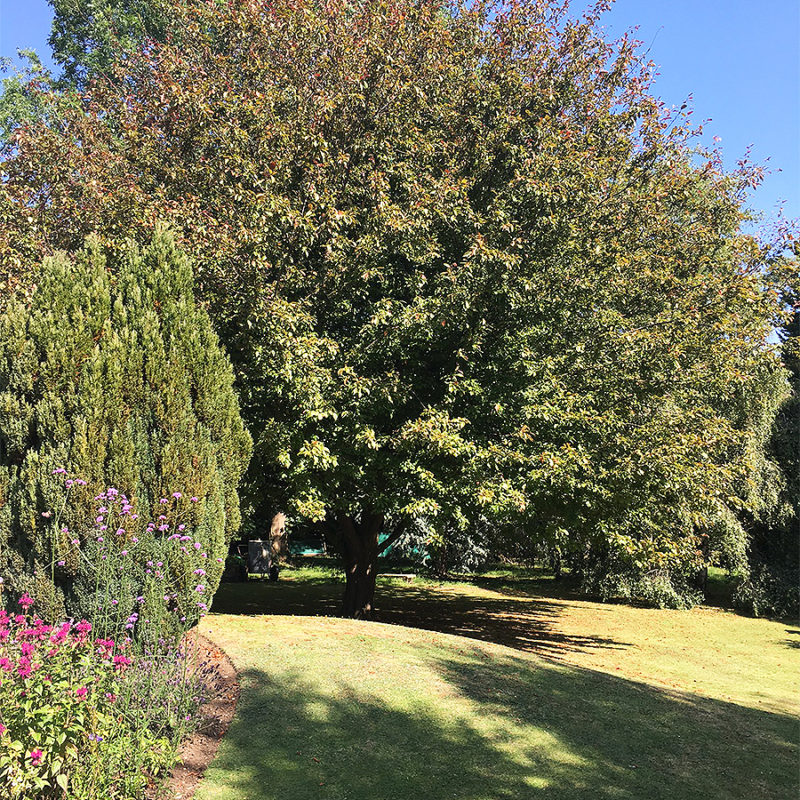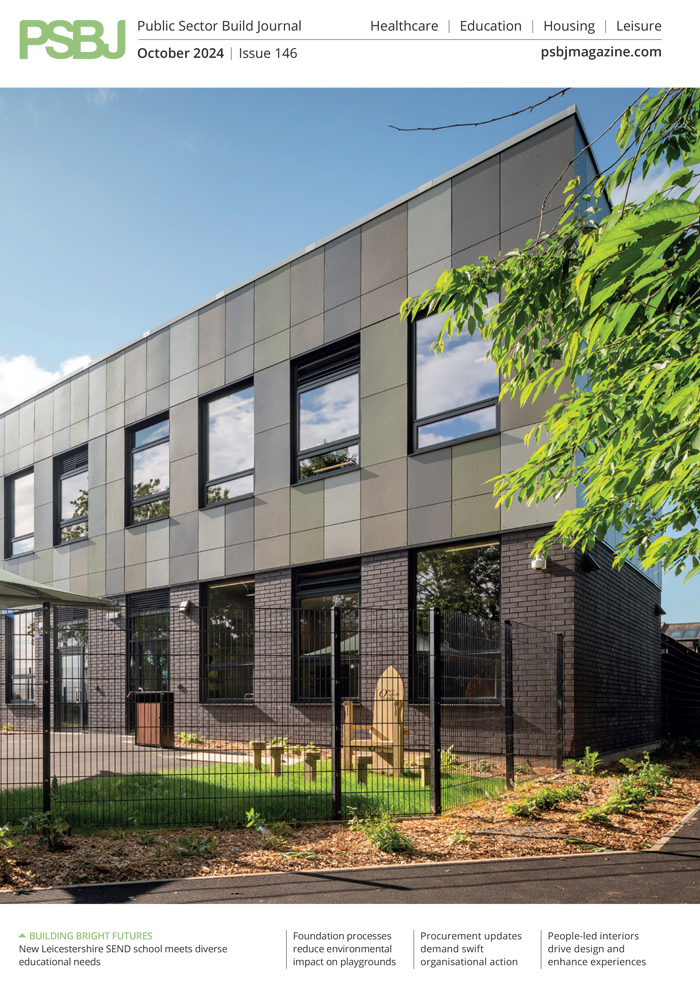Grant Leggett, Executive Director of Boyer (part of Leaders Romans Group), discusses the increasing preference for natural public spaces over landscaped public spaces in today’s urban design.
Boyer
Over 100 years before the climate emergency became a global concern, it was recognised that, ‘he who plants a tree, plants a hope’.
Today, that mantra carries particular resonance. In light of rising temperatures, increased toxic emissions and decreasing biodiversity, it is scientifically proven that trees are fundamental to our survival, and their potential extends into all areas of life: the practical, social and environmental.
Currently, England’s woodlands cover just 10% of the country – a poor comparison to the EU average of 38%. This figure is set to increase to 12% by 2050 under current regenerative plans but this is not enough according to Rewilding Britain, which is pushing for a doubling of the country’s woodland cover over the next decade to help absorb 10% of current UK greenhouse emissions annually and protect declining wildlife.
Facing up to the fact that the built environment has had a role to play in the reduction of woodlands, the development industry is doing its bit. My own organisation, Leaders Romans Group, is literally planting a tree for every house that it sells and will be launching a raft of new environmental initiatives imminently. Others in the property industry are implementing similar projects.
Local authorities, too, are prioritising woodlands as the ‘green’ component in new developments, moving away from well-manicured ‘hard’ landscaping and towards more natural landscapes. This is partly influenced by the Environment Act’s requirement for a minimum 10% biodiversity net gain, which becomes a legal requirement from November this year. It also stems (no pun intended) from the desire for more ‘useable’ public open spaces that came into existence during the pandemic. Consequently, developers throughout the country, including London where I am based, are replacing architecturally-designed or ornamental high-maintenance lawns and topiary with more useable spaces, or even with woods and wildflower meadows. Local authorities are also allowing several of their green spaces to be left to re-wild, although the cynic in me suggests that may be more to do with maintenance budgets than a planned biodiversity effort.
Initial fears that untended spaces would impact on property values have been proven ill-founded. Last summer, LRG carried out some research into the impact on property values across all local authority areas in England and Wales. It concluded that homeowners are prepared to pay a premium for a home close to woodlands and that this figure has increased in the last two years: homes located within 50m of woodland attract a 6% price premium, a rise of 2.4% since the start of the pandemic.
This is unsurprising taking into account a considerable increase of appreciation for woodlands post COVID: woodland visits rose from 170m in 2016-17, to 296m in 2020-21; and the annual number of visits to the forests managed by Forestry England rose by 74% between 2016 and 2021.
Understanding the importance that homeowners attach to woodland is vital in the planning of new communities. This has been demonstrated in the recent increase in counter-urbanisation and an above-average rise in rural house prices. Whereas in 2019 the square footage of a home was deemed the single most-important factor in buying a property, post-COVID in 2022, this was replaced by access to outdoor spaces.
Informal public open spaces vary considerably and yet woodlands remain the most popular. Perhaps this is the versatility of woodlands, offering opportunities for natural play, quiet walks and in London, in particular, the opportunity to retreat from the sight of buildings and infrastructure and to remove oneself from the hustle and bustle of city life.
Of course, the potential for London developers to provide large expanses of woodland within a scheme, the viability of which depends on a certain density, is limited. Accordingly, many developers in London are both delivering access to woodlands and practical assistance for the management of nearby woodlands. In Buckinghamshire, for example, developments within proximity to woodland are required to pay a maintenance cost and on occasion may be a physical contribution. In some cases, this is provided through a SANG (Suitable Alternative Natural Green Space).
Boyer is currently advising on a residential development in Maidstone in which the developer will fund work at a local nature reserve and will be getting involved in hands-on work too.
Policies that formalise developers’ contributions to woodlands include the London Plan’s Urban Greening Factor (UGF). This guidance requires every local authority to create its own greening strategy and all major developments to include urban greening as a fundamental element of site and building design. It introduces the UGF calculator as a means of evaluating the quantity and quality of urban greening in a development proposal.
Like so many policies, it is a very good idea in principle, yet in practice is a blunt instrument that needs to be applied effectively. Some sites can never achieve the levels required and become unviable as a result.
Just as with the Environment Act’s requirement for a minimum 10% biodiversity net gain (BNG), it is important the policies – which acknowledge that greening is important – enable developers to implement measures without compromising the scheme itself. That’s not to say the principles of UGF nor BNG are wrong, but they are both new policies that need refinement over time lest they be the culprit in irrationally preventing development of otherwise suitable sites. For example, where a brownfield site has become overgrown, even when littered with trash or abandoned structures, or is contaminated, it can be extremely difficult to achieve 10% BNG while also delivering a development of the appropriate density.
Trees matter, a lot. But they are not the only means of increasing biodiversity, enjoyment of a scheme or its aesthetics. While metrics and calculators have a role to play in the implementation of worthwhile policies, it is important to view each scheme in its own context and not to overlook the benefits that a wide range of natural elements can bring.



